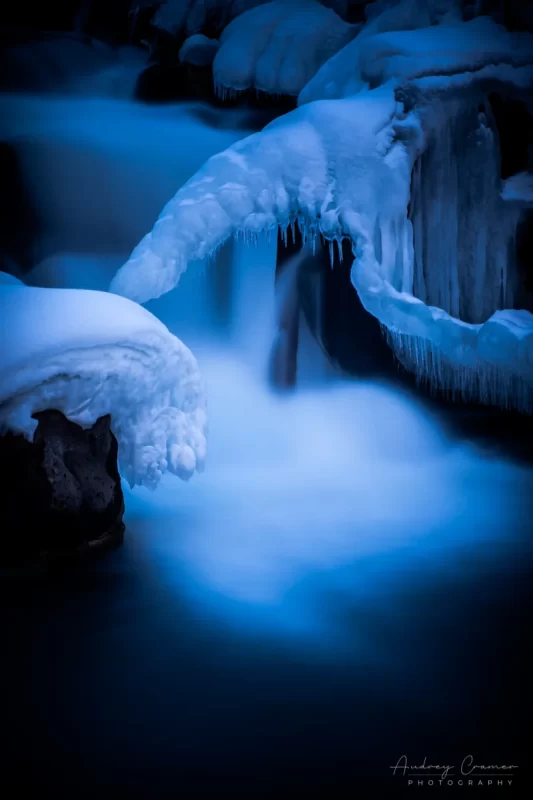You’ve determined that it’s time to redecorate and that wall art has to go. You want new and exciting images to display in your home. You go onto Google and search for fine art you can purchase only to drown in the number of listings and styles of fine art. Then you realize that you have no idea what you are looking at or how to find what you want. What do you do? Fear not. We have the answer for you in this: our beginner’s guide to buying fine art.
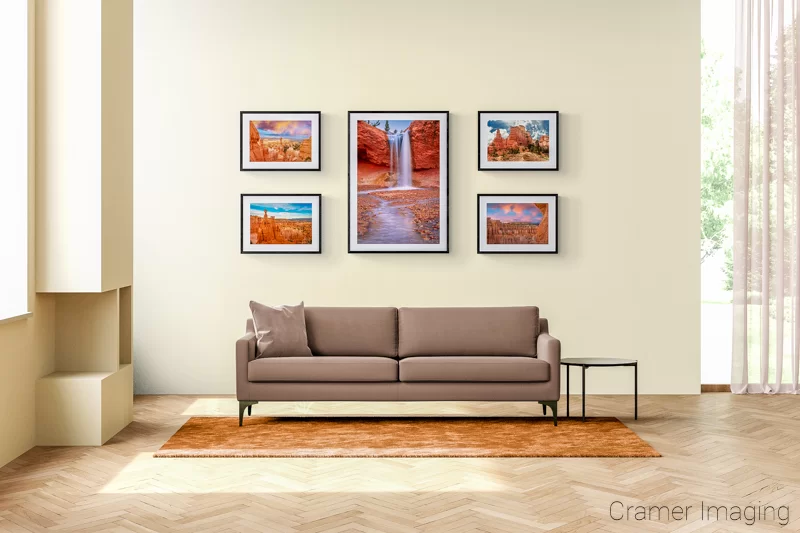
Let’s start this beginner’s guide to buying fine art on the right foot. When shopping for fine art, you will want to check on a few VERY important points before investing your money in a piece. These points are:
- Coordination with you existing decorations
- The quality of materials used
- The reputation of artist
- The size and medium of piece
- Limited edition/open edition status
- Care and maintenance requirements for the piece (if any)
Coordination With Your Existing Decorations
Perhaps the most important point of shopping for quality fine art, other than your personal taste in the matter, is that this new fine art matches your already existing home decor and interior design. There is no point in purchasing a beautiful piece of fine art only to have it clash in color and/or style with what you are already using.
Some fine art is beautiful by itself until you put it up against some of your personal possessions or your wall’s paint color. Double check this part of your purchase before you make it. For certain kinds of art, such as wall art, there are websites which can help you visualize this part, so you don’t sink money into a waste.
This particular aspect should always be in your mind as you shop. You don’t want another knick-knack or large framed piece of art to gather dust in a back room or a storage shed someplace because it didn’t work with your home decor.
Let’s use the image to the left (above) as an example. This very moody blue and black photograph, despite it being beautiful, won’t work with many different interior design schemes. Double check that it will work with yours before you purchase.
Quality of Materials Used
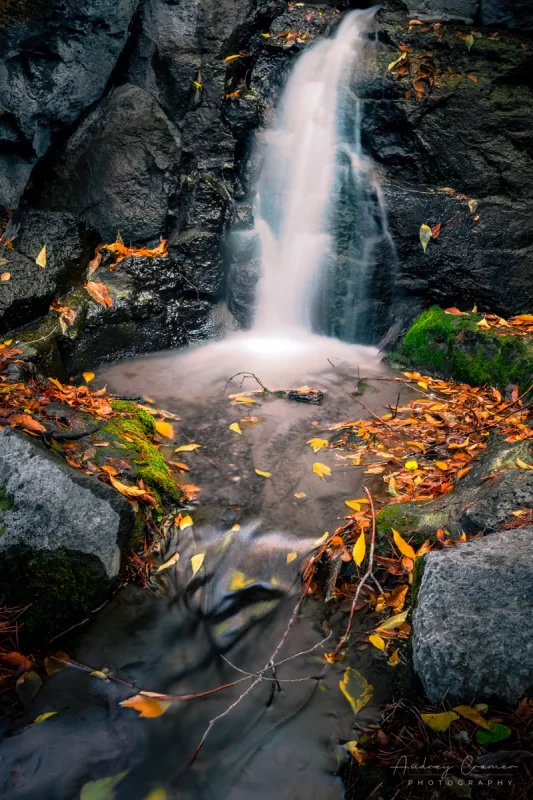
Whenever possible, I strongly encourage you to check out the quality of the materials used to create a work of art whether it be a photograph, a sculpture, or a painting. There are lots of good reasons for this.
First, checking material quality will help you sort out the real art from the fakes. The market is full of knockoffs which range in quality from poor to better than the original.
Make sure that you know what you are looking at and you won’t be fooled into spending way more than you should have on something that is not real.
Second, the quality of the materials will tell you something about how the piece will stand up over time. No one will paint a masterpiece on cheap canvas because they want the painting to last. Quality materials mean quality work went into the creation of the art.
Third, if you find that a particular piece has a defect, that is a negotiating point you might use to lower the final price. It may or may not work every time, but it’s always worth trying.
When personal examination of the materials is not possible, I strongly recommend that you research the company(ies) which provided the materials if you can. The reputation of those companies will also speak volumes.
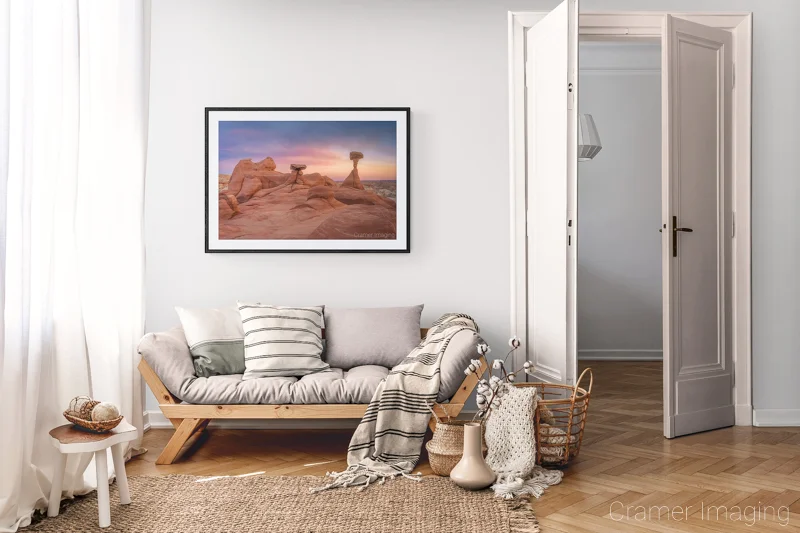
Buying fine art from websites like Amazon.com and eBay.com can be a real gamble. You cannot examine the piece for yourself so you must accept what the seller listed on the item in words and in photos. While it might pay off for some people, I would not dare purchase expensive fine art from someplace like those.
The Artist’s Reputation

Some people have been in the field of art and have become popular enough that people know their names and what kind of art they produce. Such individuals include Ansel Adams, Andy Warhol, Pablo Picasso, Victor Van Gogh, and many others. You know who these artists are, and you know their work is worth a lot on the market.
Many others enter the field but don’t become nearly as prominent. In these cases, it would do you some good to check out the artist’s reputation. If he or she has quality attached to their artwork, then you may buy with some amount of security in your selection.
In the case of an artist with little to no reputation, any beginning artist starts out here, then you will need to make doubly sure that you do your homework in researching the individual out.
Checking the quality of the work being sold is a must. You may be able to skip this step with a reputable artist but not one of this status. After all, bad artists have little to no reputation as well.
If you like the art, then you can decide to trust or not trust the small artist. It’s completely your choice and there’s no general right or wrong answer in this case. It might be worth it for you to take a leap of faith here.
The Size and Medium of the Piece
You need to know two very important pieces of information about a fine art piece: how big it is and what it is made out of. These will tell you so much practical information about the piece you are considering purchasing.
You will know if it will fit where you plan on displaying it. You will know if you have picked the right place for display (sun fading is a big issue for wall art). Again, you will know if the floor can hold up your sculpture of choice in that particular scenario.
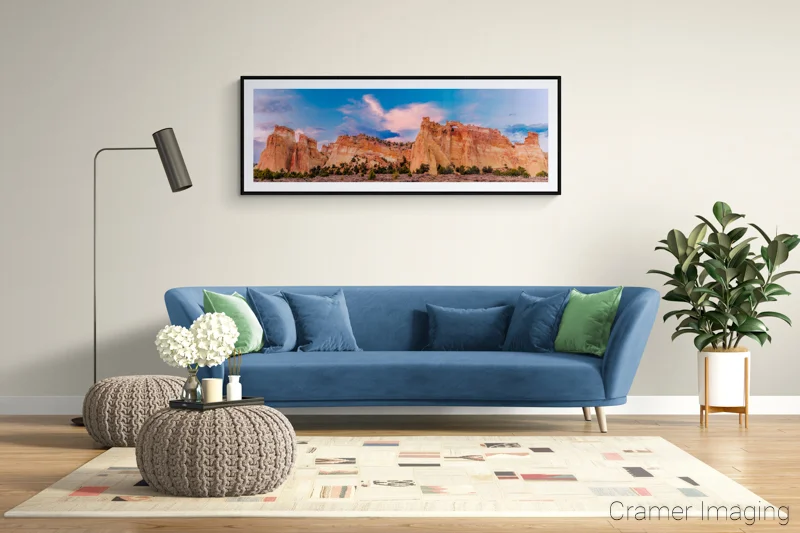
You will also get a good idea of what kind of care and maintenance your new fine art will require. Even if it isn’t as obvious as an occasional dusting, you have the information you need to look it up online.
Limited Edition Status
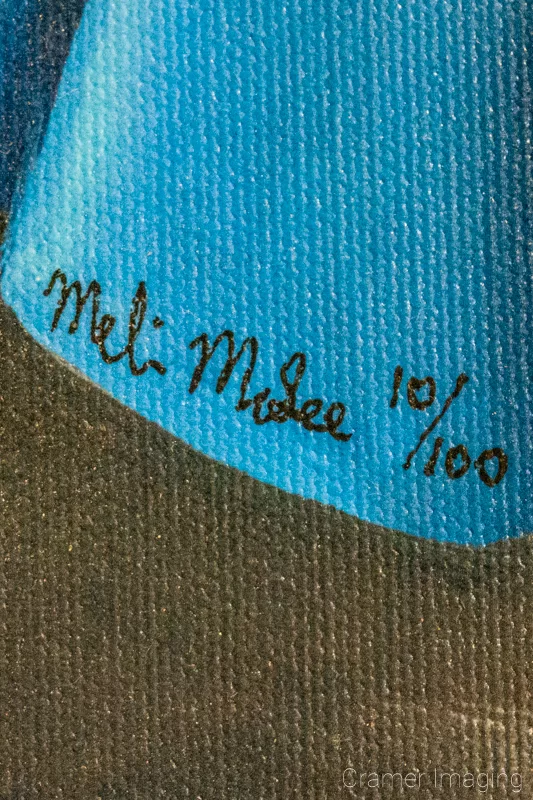
Some kinds of art lend themselves to multiple copies produced. You’ll also want to learn if the piece you are eyeing is a member of a limited edition set or not.
Some artists reproduce certain kinds of wall art (like photographs and other prints) and castings can many times. So, artists like to create limited editions where they make only a certain number of those pieces of art and never make them again. Means of ensuring it have involved destroying negatives and molds.
If a piece of fine art is a member of a limited edition, it will often be numbered and could even be signed. To find this information, it is often on the bottom of a sculpture or the bottom corner or the back of a printed work.
With only so many copies of the artwork available ever, the price automatically inflates.
Another thing to look for with limited editions is what number the piece is in the edition. The art market considers lower numbers more valuable. It seems arbitrary to make the lower numbers “worth more” but that’s how the art market works.
Care and Maintenance of the Art Piece

Let’s face it. You don’t buy quality fine art for it to last a few days or weeks. You want it to last for years and even generations. That requires proper care and maintenance.
While there are established norms for fine art care, I recommend revisiting those procedures before committing lots of money to a piece you might not want to invest so much time into.
Each type of art medium is susceptible to the ravages of time but they all display it differently and at different stages of their life.
Are you prepared for an oil painting to alligator? Or would you rather deal with the sun fade and discoloration of a photograph? There is no right or wrong answer here.
You also never know about new art mediums either. You really need to research out what to do with something different or unusual so that you don’t waste your money on something of a fad or something deceptively fragile.
As with anything you are about to sink a bunch of money into, it is wise to know, as best as possible, what you are getting yourself into long term. Check out this article to learn more about cleaning your wall art.
A Few Final Thoughts
Make sure you’re satisfied with what you purchase. Also make sure you’re satisfied with how much time you spend shopping but don’t shop much that you can’t decide. Be sure of your purchase before you make it. If you don’t, then you might suffer from buyer’s remorse when you can’t return the art for a refund. There is no kind of right or wrong art for you except what you decide. Choose something that speaks to you.
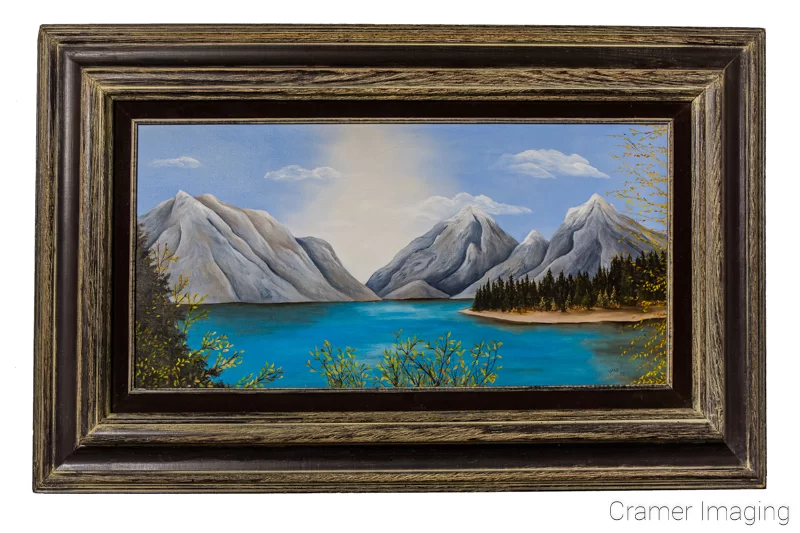
Conclusion
Entering the fine art marketplace can be an intimidating or an empowering experience. However, it will depend on whether or not you know what to look for. With this beginner’s guide to buying fine art, you have all the advice you need. Remembering what you have decorated your house with will make sure that you don’t waste money on something that won’t work.
If you do your homework with discovering the quality of materials used, the artists reputation, the size and medium of the piece, the piece’s limited-edition status, and the care and maintenance requirements, then you will find the waters of fine art shopping to be much easier to navigate. Follow the advice found in this beginner’s guide to buying fine art and you’ll be just fine.
Are you on a budget but still want to buy fine art? Check out next week’s article on creating a budget for buying fine art. Do you need to know where to buy fine art photography or, more specifically, landscape photography? Check out those articles for more information.
Since you are in the market to buy fine art, make sure to drop by our online store where you can buy fine art photography from us. Many of the images you see here are for sale there. Now you have the tools you need to succeed there thanks to this beginner’s guide to buying fine art. Enjoy the process and enjoy your beautiful new fine art.

